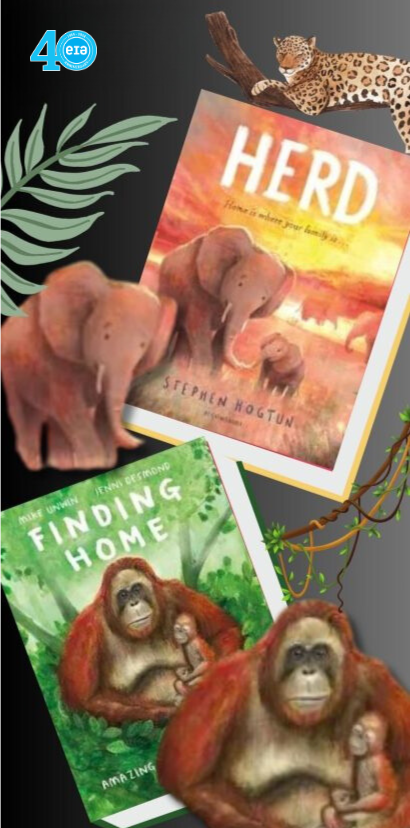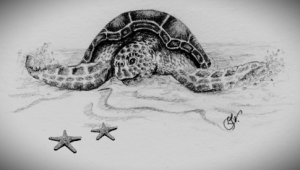A swift decision to help
Locked down. Saturday, July 11th 2020, 2pm to be precise, in the Peak District, Derbyshire. Our neighbour comes a knocking - at a safe distance - to inform my wife and I that a chick has fallen from its nest.
The chick's nest is in the eaves of a grade II Victorian school converted into six cottages. The bird, a common swift (Apus apus), is extremely dehydrated and undernourished.
We call ALL veterinary clinics, and animal rescue centres, in and outside the Peak District. Our calls go to answer machines that are full. The RSPB main phone number is down.
We know enough to return the chick to its nest, in the hope its parents will continue raising their chick, so up a ladder we go. An hour later the neighbour knocks again, and during the course of the afternoon, we return the chick to its nest three times.
It is a twelve feet drop from the nest to the neighbour's patio, and because the chick is nearly half the weight it should be, we assume the parents are not returning. This could be due to builders working illegally over the nest, the dwindling UK insect population (their food), or an opportunistic sparrowhawk snatching the parents.
We decide to take the enigmatic chick in, for what turns out to be our FIRST EVER six week, heart wrenching attempt to care of a swift. A bird that is notoriously difficult to hand-rear.
Scouring the internet for information, and tracking down the one swift expert who is willing to answer their phone - reluctant to talk as they have six swifts in care - we start our steep learning curve.
The first two days from dawn to gone dusk, we figure out how to purchase and kill hundreds of crickets, and on the hour, individually push them down the throat of our swift chick. For peace and safety, the chick sleeps in a specially made box at the foot of our bed. Oh, boy does it scrabble around at night, but it is putting on weight!
Tuesday, July 14th 2020, 2pm to be precise, our neighbour comes a knocking to inform us, another swift chick has fallen from the same nest. So now, we have two swift siblings, and the second one is a right Wriggler.
The first week goes better than expected. The swifts weighed just over twenty grams when we received them, but are piling on weight fast approaching thirty grams, and heading towards their flight weight of around forty-five grams.
But then, the most dreadful thing happens during a feed. Wriggler's lower beak SNAPS.
Prising open a swift's beak to insert a cricket or wax larvae is a delicate, skilled process, not to be attempted by an amateur. But we had no choice! This is death sentence for one of the most acrobatic of birds, that deftly catches insects on the wing at around forty miles an hour.
After we pick our hearts up off the floor, we frantically searched the internet again, and email an expert in Germany. They reply, telling us not to worry, it happens, and to find a pigeon feather or similar, plus some super glue. What?
There's a healthy corvid population in our village, and we experiment to find the correct size calamus at the end of a jackdaw feather, using the hollow shaft to splint the break. With some bone realignment, a dab of superglue glue, we are all set. The splint should naturally fall off in a few days, and the bone will be healed. Phew! All we have to do now, is grind up Wriggler's daily cricket ration in our coffee grinder, pour the gunk into a syringe, tickle the thin silicone tube down into the chick's belly, and fill to the gunwales.
Mercifully, the beak heals, with a tiny bump, and over the month, both chicks mature before our eyes to resemble their sleek parents. We feed, preen and teach them to poop in a waste paper basket, instead of all over our bedroom floor.
Then, one day, the chicks suddenly get that urge to fly, stop feeding, throw up their crickets and start doing press ups - it's a swift thing. After checking weight, wing length and feather health, we have no choice but to take them outside and let them fly from our open hands. Both do, successfully, up and over the church, immediately heading due south out of the Peak District.
With swift sized holes in our hearts, we dream of their seven thousand mile journey south over Europe and the Western Sahara to subtropical Africa.
Maybe, this year, they will return to our village, each with a mate, and rear their own chicks. Builders, insects and climate willing.
Mat Dale
 Creativity Competition
Creativity Competition







